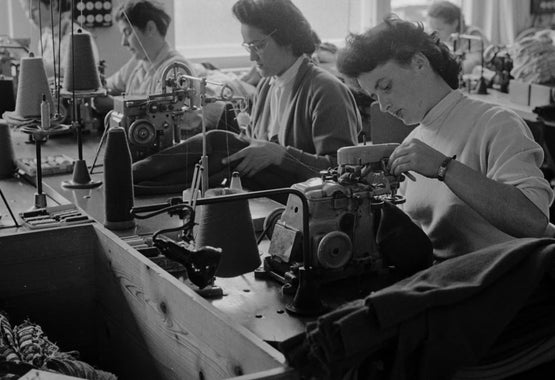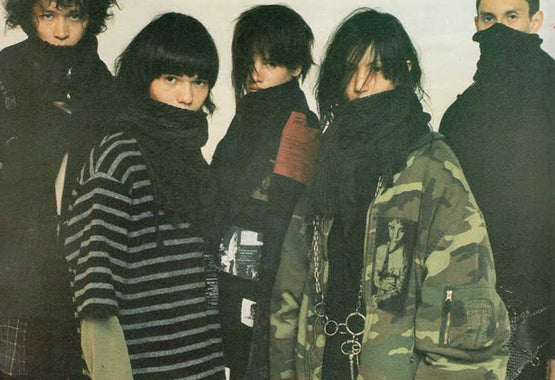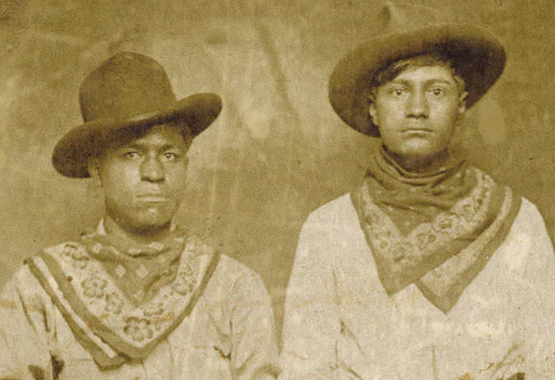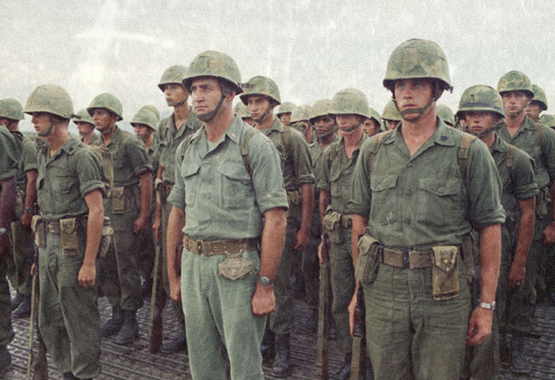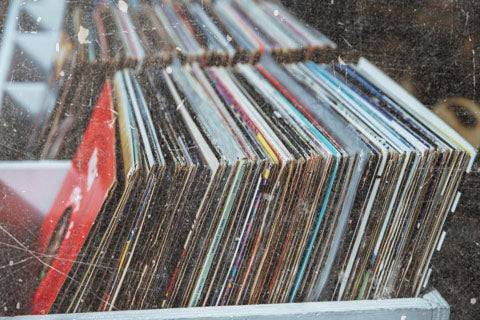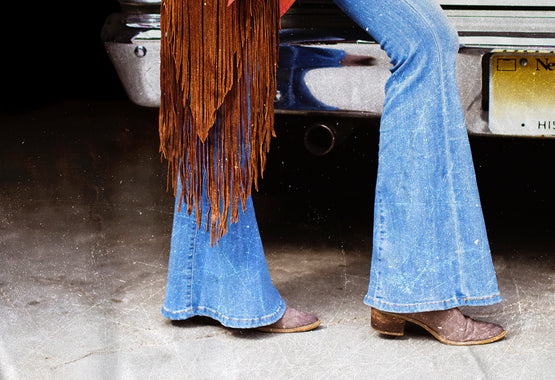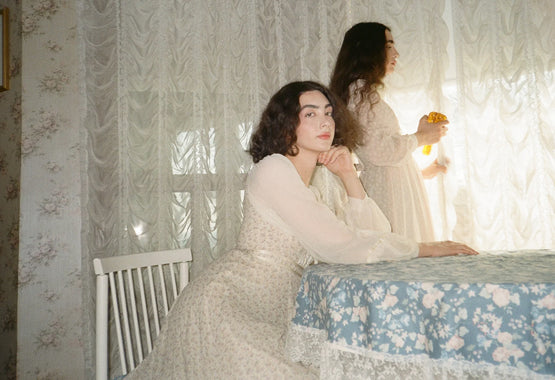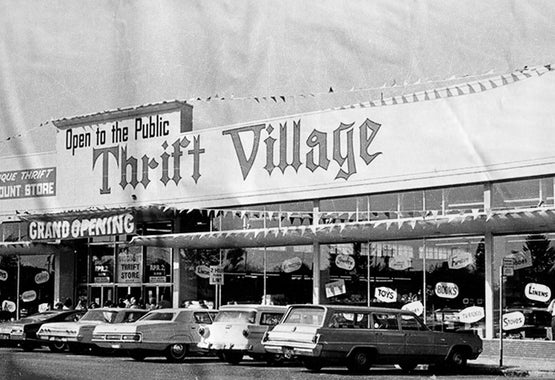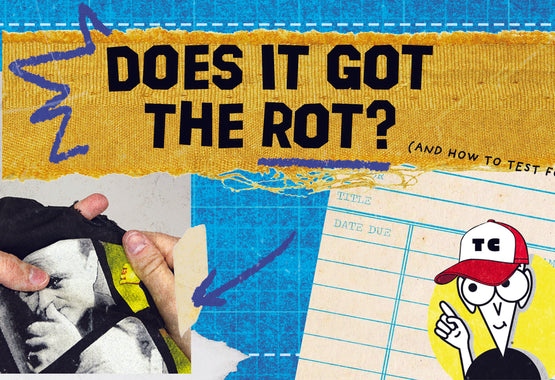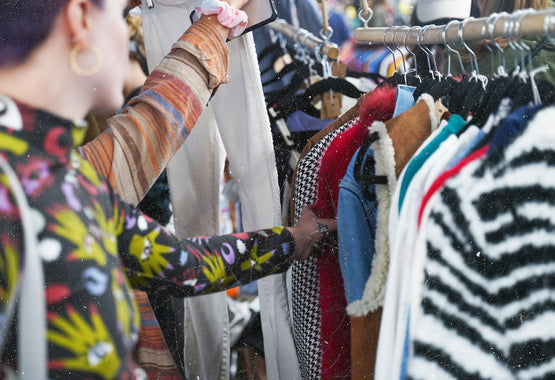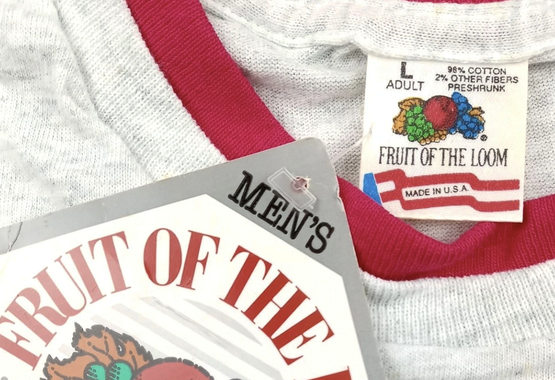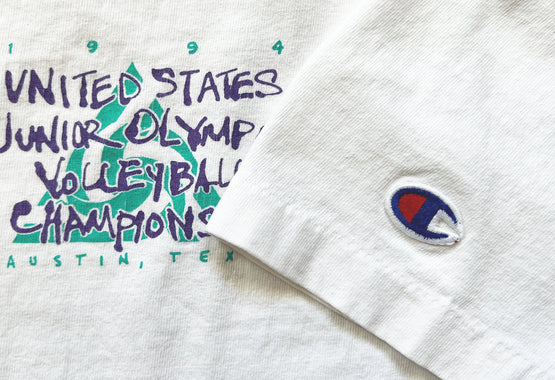A Brief History of Everyone's Favorite Staple, The Hoodie


When you think about fashion, it’s hard to neglect the hoodie. Because of its ease in wear, versatility and superhero ability to swallow discomfort, it continues to be one of the most crucial pieces of clothing in the closet.
It’s also one of those things no one really gives a second thought to. Like anything else, it had to have come from somewhere. It has a history. A remarkable one. One that saw it very quickly and quietly move on from the sidelines to being an unmistakable tool in the fight for equality.
In a 2018 TED Talk video short, New York Museum of Modern Art Director Paola Antonelli attributes the humble beginnings of the hoodie to ancient Greece and Rome during the middle ages. Monks then were known to wear simple garments with hoods attached, called cowls. It wasn’t a socially popular piece though, and was found to be worn by religious figures exclusively.
The makeup of the monk’s garment wasn’t anything close to the modernized version, so Antonelli might be pushing the space-time continuum a bit for clickbait. We do know, however, using hoods for their utilitarian purposes isn’t anything new. Thousands of years old, in fact.

[Muhammad Ali, 1974]
But it wouldn’t be until the 1930s when the Knickerbocker Knitting Company (now known as Champion) began capitalizing on the convenience of warmth at the ready. Initially meant to keep athletes cozy on the sidelines, the functional garment was rapidly adopted by warehouse workers in upstate New York, along with the military for applications in training exercises.
The earliest builds of these modern mainstays looked a lot like they do now except for one key difference: the hoods then were usually sewn onto a basic crewneck and weren’t a fluid part of the body like we see today. You may hear the term “after hood” used in reselling and vintage marketplaces. It means what it says, the hood was just sewn on after the crewneck body was done because fabrication hadn’t yet caught up with the design.
Pretty simple concept. Big time bucks if you can find one.
Weaving in and out of the next few decades, the hooded sweatshirt’s popularity remained pretty deep within athletic wear and college campuses, though rapidly expanding college and pro sports networks allowed them to be seen more and more by younger cultures. Then, they were treated more as an at-home piece, not something anyone wanted to be seen out in public with lest they be labeled lazy and shiftless.

[Sylvester Stallone in "Rocky," 1976]
Enter Hollywood. In 1976, the destitute boxer turned heroic patriot “Rocky” film hit theaters and basically elevated hoodies into mainstream overnight. As with t-shirts in the 1950s, all it took was a strong male lead in film to push a simple piece of clothing upward. After seeing Rocky Balboa overcome Oscar worthy obstacles wearing a basic grey hooded sweatshirt, American men thought they could do the same and copied the look. It wasn’t long after the hoodie was seen on the streets of every major city in America.
Also around this time, hip-hop was taking hold and creating its own American culture on the streets. Early adopters of the trend can be seen in photos and at neighborhood shows rocking the low profile gear. Breakers and B-Boys appreciated them for their style and head protection. Graffiti writers wore them for the ability to move through the night comfortably and anonymously.
“They were inexpensive, wash-and-wear, and had a convenient built in head-warming aspect,” elder graffiti artist Zephyr told Rolling Stone once. “With the stealth nature of graffiti, I suppose we liked having our faces cloaked or hidden.”

[Run DMC, 1980s // photo: Dave Hogan]
Ladies were beginning to embrace the hoodie around this time too, thanks to designer Norma Kamali. She’s credited as bringing athletic fabrics to the forefront of fashion during the late 1970s and early ‘80s. Then it was dubbed Locker Room Chic. Now you hear terms lobbed around like playwear, athleisure and, most commonl, sports apparel.
“It's about comfort and how you feel, and I don't think there should be a line between activewear and ready-to-wear,” Kamali told Vogue in 2014. “If you're dressed like you're going to work out all the time, you're more physical with your body.”
Surprisingly, the term “hoodie” wasn’t used until after its popularity grew enormously, sometime in the early 1990s. This is the decade that hooded sweatshirts became widespread, already having its teeth in underground scenes like punk rock, skateboarding and hip-hop — apathetic teens leaving the casual attire long behind and replacing it with a grungy “I’m out of the house, what more do you want from me?” look.
Check it: you won’t find a single mention of the term “hoodie” in any song released before the early 1990s. But then it’s everywhere, referenced by rap and hip-hop icons like Big Daddy Kane, Mobb Deep, Das EFX, Del the Funky Homosapien, Tupac, The Fugees … the list runs on and on. This is a major turning point for the look.
This is worth noting because high end designers were heavily, uh, “inspired” by street culture of the time. Tommy Hilfiger and Ralph Lauren took interest early on and began putting hoodies in high end runway shows and producing them en masses for department stores. Extreme sports were at their zenith, too, and many smaller brands like Alien Workshop, Thrasher, Vans and Blind (amongst many more) flooded the market with the easy-to-wear, hardly-ever-need-to-wash pullovers.
Of course, because of its antisocial connotations and adoption by minority communities, a type of public relations warfare came to play with authorities — both Democrats and Republicans — labeling the hoodie as gang-related or “thug” apparel. For decades, stoner comedies typecasted the vibe as a lazy trope, and it didn’t help that a widespread perp poster of the Unabomber showed an aviator-clad maniac with a hood pulled over his head, further posturing the look with criminal behavior.
This shallow interpretation of individualistic culture comes to an impasse years later when 17-year-old Trayvon Martin is stalked and killed by a vigilante claiming to be a Neighborhood Watch authority in February of 2012. On the phone, Martin's killer notes that the young man looks like a “suspicious guy” because he is out late at night wearing “a dark hoodie, a gray hoodie.”
This single event brought the hoodie to the forefront of social injustice. After Martin’s death, protests all over the world used the accessible anonymity of it as a show of strength in numbers. From ground-level meetups with homemade signs to the biggest stages of the NBA, everyone who participated rocked the same fit as a show of equality and solidarity.
In just under 100 years, a once innocuous piece of clothing went from a sideline sweat catcher to a miraculously potent piece of social imagery. Today it’s no longer just on the backs of athletes and in college common areas. It’s forged a path to the halls of Congress and on the clothing racks of the wealthiest people in the world (worn during important tech giant board meetings no less).
As a blank canvas with infinite possibilities, the hoodie will go down as one of the greatest fashion equalizers of our time and arguably the most comfortable and useful pieces of the American narrative yet.

[cover photo Bestbe Models via Pexels]

